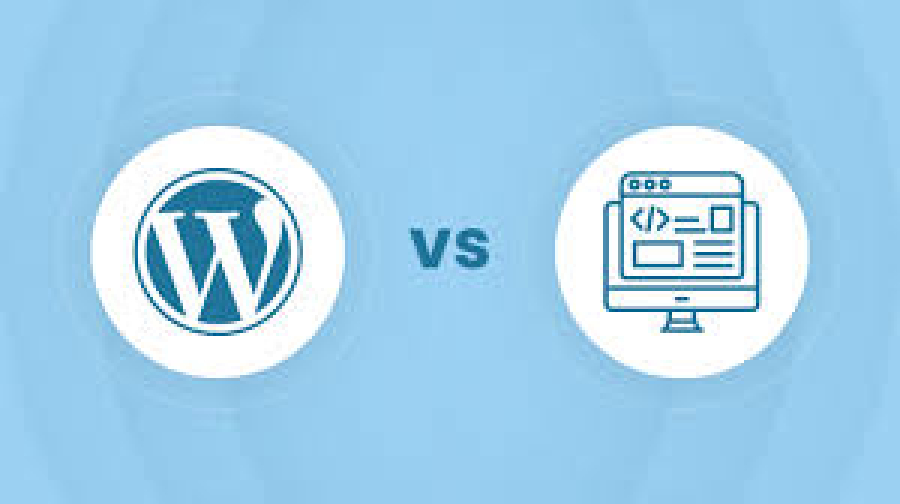How to Create a Custom WordPress Theme from Scratch
Creating a custom WordPress theme from scratch is one of the most rewarding challenges for any web developer. Whether you are building a unique website for yourself or creating a custom theme for a client, understanding how to design and develop a WordPress theme is crucial for developers looking to take their skills to the next level. In this guide, we’ll walk you through the step-by-step process of creating a custom WordPress theme, from setting up your development environment to coding your theme's core structure.
Long Description
When building a custom WordPress theme, it’s important to have a solid understanding of PHP, HTML, CSS, and JavaScript, as these languages are the backbone of WordPress theme development. Here's a breakdown of the essential steps involved:
1. Setting Up the Development Environment:
Before you begin, you'll need to set up your local development environment. This can include installing XAMPP, MAMP, or a local server that supports WordPress.
Install WordPress on your local machine to get started with theme development.
2. Understanding the WordPress Template Hierarchy:
WordPress themes work based on the template hierarchy. It’s crucial to understand the structure of WordPress and how different template files (like
header.php,footer.php,index.php, etc.) interact with each other.Learn the role of each template file in displaying content.
3. Creating a Basic Theme Folder Structure:
Start by creating a new folder in the
/wp-content/themes/directory. Inside this folder, create basic files such asstyle.css,index.php, andfunctions.php.The
style.cssfile should contain theme metadata, such as theme name, description, author, etc., and will be used for styling your site.
4. Enqueueing Styles and Scripts:
To add CSS and JavaScript files to your theme, use the
wp_enqueue_style()andwp_enqueue_script()functions. This helps ensure proper loading and performance optimization.
5. Building the Theme’s Header, Footer, and Sidebar:
The header.php file is where you define the top part of your site, including navigation menus and logo.
The footer.php file should contain your footer’s content, including any widgets or copyright information.
The sidebar.php file is used for displaying any side content like widgets or navigation menus.
6. Customizing WordPress Loop:
The WordPress loop is the code used to display posts and pages on your site. Learn how to customize the loop by using conditional tags and custom queries.
Customize post output by modifying
index.phpand creating custom template files for categories, tags, or custom post types.
7. Styling the Theme:
Once the structure is in place, begin styling your theme by modifying the
style.cssfile. You can add custom CSS rules for different parts of the website, like headers, footers, and content sections.
8. Adding Theme Features with Functions.php:
The
functions.phpfile allows you to add various theme features like menus, widget areas, custom logos, custom post types, and image sizes.You can also use this file to enqueue additional scripts and styles for performance optimization.
9. Testing Your Custom Theme:
Once the basic theme structure is in place, test your theme for compatibility with various browsers and devices.
Test for accessibility, SEO, and performance to ensure a user-friendly experience.
Validate your theme's code using W3C tools and fix any issues.
10. Advanced Customization and Optimization:
Add advanced features like AJAX, custom fields, or custom theme options using plugins or by writing custom code.
Ensure that the theme is responsive, meaning it works well on all screen sizes, from desktops to mobile phones.
Optimize theme performance by minimizing CSS and JavaScript files and using techniques like lazy loading.
11. Theme Security and Best Practices:
Ensure your theme adheres to WordPress coding standards and follows best practices for security.
Use secure coding practices like escaping, sanitizing, and validating user input to prevent vulnerabilities.
12. Deploying the Custom Theme:
Once your theme is complete, you can move it from your local environment to a live server. Install the theme in the WordPress dashboard and activate it.
Make sure to perform final testing on the live site to ensure everything works correctly.
Conclusion
Building a custom WordPress theme from scratch is an exciting and creative process that offers complete control over your website’s design and functionality. By understanding the essential steps and best practices, you can create a unique and professional WordPress site that stands out from the rest.


 by Emily
by Emily




